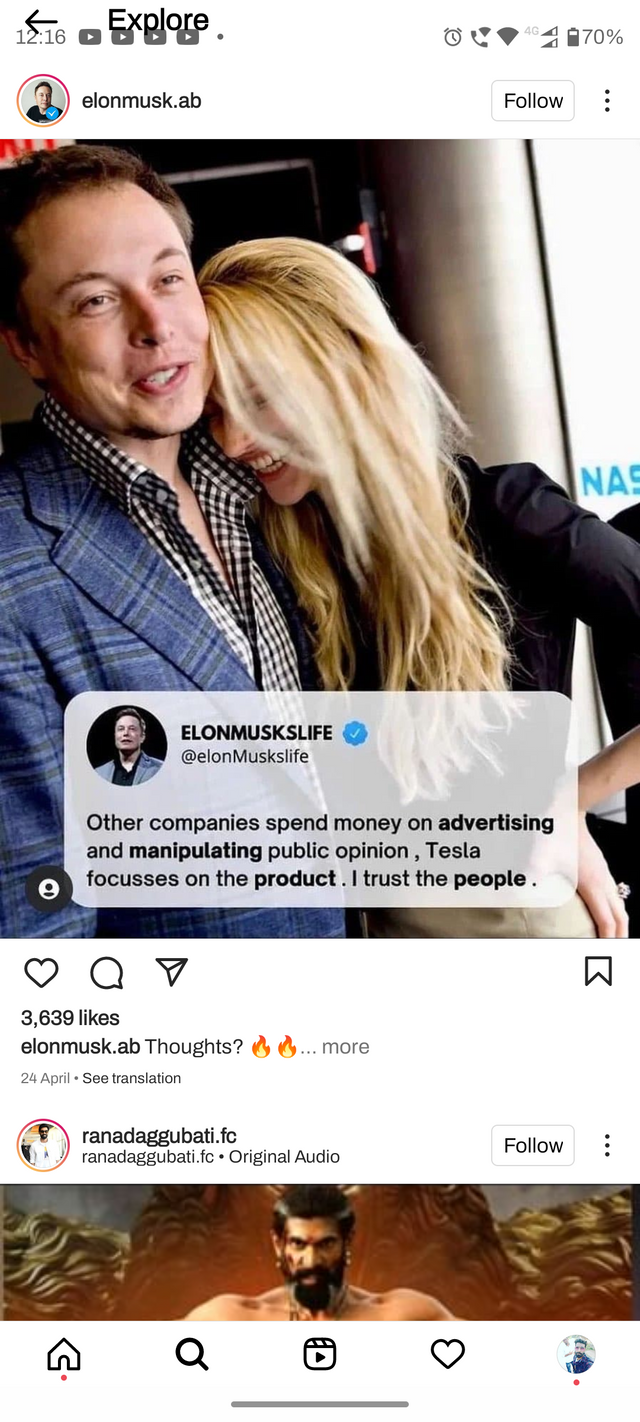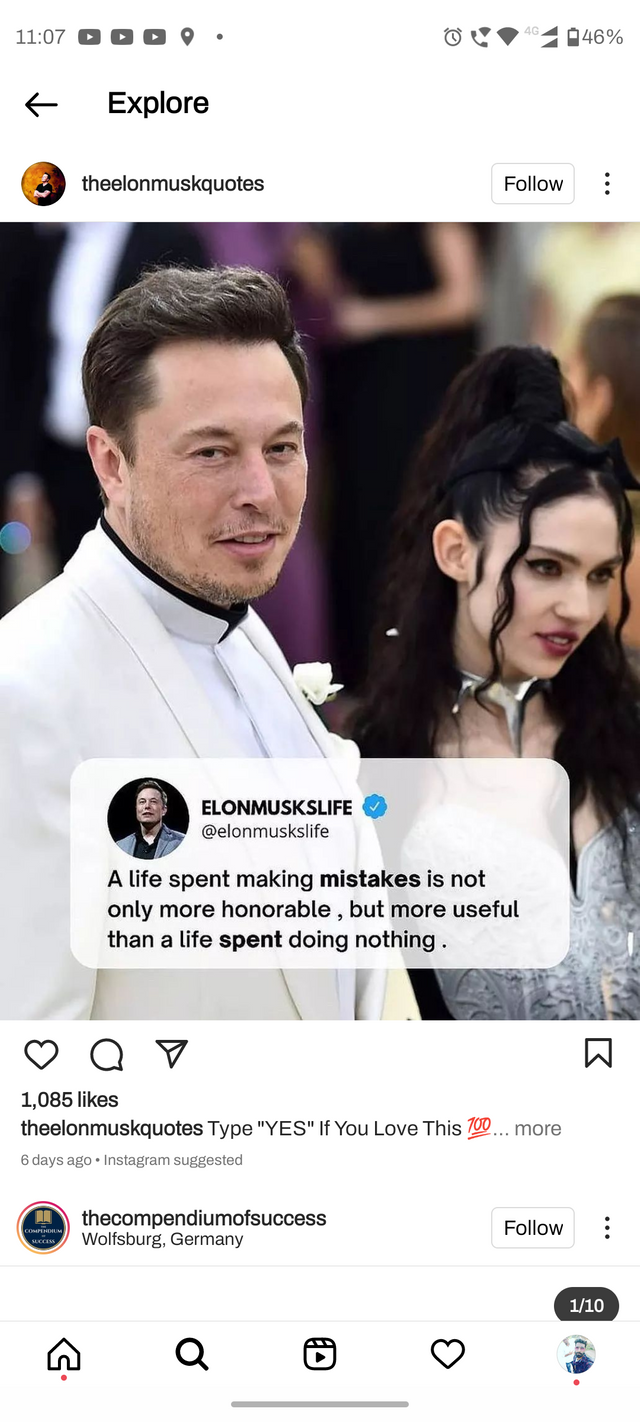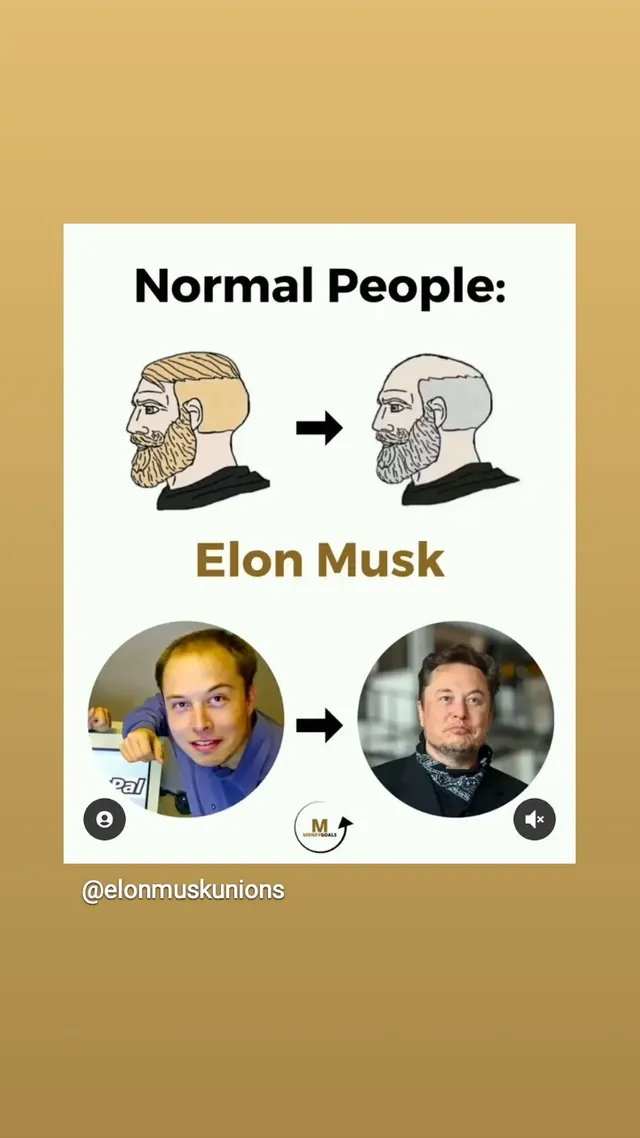Who is Elon musk



Who Is Elon Musk?
Elon Musk is a South African-born American entrepreneur and businessman who founded X.com in 1999 (which later became PayPal), SpaceX in 2002 and Tesla Motors in 2003. Musk became a multimillionaire in his late 20s when he sold his start-up company, Zip2, to a division of Compaq Computers.
Musk made headlines in May 2012, when SpaceX launched a rocket that would send the first commercial vehicle to the International Space Station. He bolstered his portfolio with the purchase of SolarCity in 2016 and cemented his standing as a leader of industry by taking on an advisory role in the early days of President Donald Trump's administration.
Early Life
Musk was born on June 28, 1971, in Pretoria, South Africa. As a child, Musk was so lost in his daydreams about inventions that his parents and doctors ordered a test to check his hearing.
At about the time of his parents’ divorce, when he was 10, Musk developed an interest in computers. He taught himself how to program, and when he was 12 he sold his first software: a game he created called Blastar.
In grade school, Musk was short, introverted and bookish. He was bullied until he was 15 and went through a growth spurt and learned how to defend himself with karate and wrestling.
Family
Musk’s mother, Maye Musk, is a Canadian model and the oldest woman to star in a Covergirl campaign. When Musk was growing up, she worked five jobs at one point to support her family.
Musk’s father, Errol Musk, is a wealthy South African engineer.
Musk spent his early childhood with his brother Kimbal and sister Tosca in South Africa. His parents divorced when he was 10.
Education
At age 17, in 1989, Musk moved to Canada to attend Queen’s University and avoid mandatory service in the South African military. Musk obtained his Canadian citizenship that year, in part because he felt it would be easier to obtain American citizenship via that path.
In 1992, Musk left Canada to study business and physics at the University of Pennsylvania. He graduated with an undergraduate degree in economics and stayed for a second bachelor’s degree in physics.
After leaving Penn, Musk headed to Stanford University in California to pursue a PhD in energy physics. However, his move was timed perfectly with the Internet boom, and he dropped out of Stanford after just two days to become a part of it, launching his first company, Zip2 Corporation in 1995. Musk became a U.S. citizen in 2002
Companies
Zip2 Corporation
Musk launched his first company, Zip2 Corporation, in 1995 with his brother, Kimbal Musk. An online city guide, Zip2 was soon providing content for the new websites of both The New York Times and the Chicago Tribune. In 1999, a division of Compaq Computer Corporation bought Zip2 for $307 million in cash and $34 million in stock options.
PayPal
In 1999, Elon and Kimbal Musk used the money from their sale of Zip2 to found X.com, an online financial services/payments company. An X.com acquisition the following year led to the creation of PayPal as it is known today.
In October 2002, Musk earned his first billion when PayPal was acquired by eBay for $1.5 billion in stock. Before the sale, Musk owned 11 percent of PayPal stock.
SpaceX
Musk founded his third company, Space Exploration Technologies Corporation, or SpaceX, in 2002 with the intention of building spacecraft for commercial space travel. By 2008, SpaceX was well established, and NASA awarded the company the contract to handle cargo transport for the International Space Station—with plans for astronaut transport in the future—in a move to replace NASA’s own space shuttle missions.
Elon Musk poses for a portrait in Los Angeles, California, on July 25, 2008.
Photo: Dan Tuffs/Getty Images
Falcon 9 Rockets
On May 22, 2012, Musk and SpaceX made history when the company launched its Falcon 9 rocket into space with an unmanned capsule. The vehicle was sent to the International Space Station with 1,000 pounds of supplies for the astronauts stationed there, marking the first time a private company had sent a spacecraft to the International Space Station. Of the launch, Musk was quoted as saying, "I feel very lucky. ... For us, it's like winning the Super Bowl."
In December 2013, a Falcon 9 successfully carried a satellite to geosynchronous transfer orbit, a distance at which the satellite would lock into an orbital path that matched the Earth's rotation. In February 2015, SpaceX launched another Falcon 9 fitted with the Deep Space Climate Observatory (DSCOVR) satellite, aiming to observe the extreme emissions from the sun that affect power grids and communications systems on Earth.
In March 2017, SpaceX saw the successful test flight and landing of a Falcon 9 rocket made from reusable parts, a development that opened the door for more affordable space travel.
A setback came in November 2017, when an explosion occurred during a test of the company's new Block 5 Merlin engine. SpaceX reported that no one was hurt, and that the issue would not hamper its planned rollout of a future generation of Falcon 9 rockets.
The company enjoyed another milestone moment in February 2018 with the successful test launch of the powerful Falcon Heavy rocket. Armed with additional Falcon 9 boosters, the Falcon Heavy was designed to carry immense payloads into orbit and potentially serve as a vessel for deep space missions. For the test launch, the Falcon Heavy was given a payload of Musk's cherry-red Tesla Roadster, equipped with cameras to "provide some epic views" for the vehicle's planned orbit around the sun.
In July 2018, Space X enjoyed the successful landing of a new Block 5 Falcon rocket, which touched down on a drone ship less than 9 minutes after liftoff.
BFR Mission to Mars
In September 2017, Musk presented an updated design plan for his BFR (an acronym for either "Big F---ing Rocket" or "Big Falcon Rocket"), a 31-engine behemoth topped by a spaceship capable of carrying at least 100 people. He revealed that SpaceX was aiming to launch the first cargo missions to Mars with the vehicle in 2022, as part of his overarching goal of colonizing the Red Planet.
In March 2018, the entrepreneur told an audience at the annual South by Southwest festival in Austin, Texas, that he hoped to have the BFR ready for short flights early the following year, while delivering a knowing nod at his previous problems with meeting deadlines.
The following month, it was announced that SpaceX would construct a facility at the Port of Los Angeles to build and house the BFR. The port property presented an ideal location for SpaceX, as its mammoth rocket will only be movable by barge or ship when completed.
Starlink Internet Satellites
In late March 2018, SpaceX received permission from the U.S. government to launch a fleet of satellites into low orbit for the purpose of providing Internet service. The satellite network, named Starlink, would ideally make broadband service more accessible in rural areas, while also boosting competition in heavily populated markets that are typically dominated by one or two providers.
In March 2017, SpaceX saw the successful test flight and landing of a Falcon 9 rocket made from reusable parts, a development that opened the door for more affordable space travel.
A setback came in November 2017, when an explosion occurred during a test of the company's new Block 5 Merlin engine. SpaceX reported that no one was hurt, and that the issue would not hamper its planned rollout of a future generation of Falcon 9 rockets.
The company enjoyed another milestone moment in February 2018 with the successful test launch of the powerful Falcon Heavy rocket. Armed with additional Falcon 9 boosters, the Falcon Heavy was designed to carry immense payloads into orbit and potentially serve as a vessel for deep space missions. For the test launch, the Falcon Heavy was given a payload of Musk's cherry-red Tesla Roadster, equipped with cameras to "provide some epic views" for the vehicle's planned orbit around the sun.
In July 2018, Space X enjoyed the successful landing of a new Block 5 Falcon rocket, which touched down on a drone ship less than 9 minutes after liftoff.
BFR Mission to Mars
In September 2017, Musk presented an updated design plan for his BFR (an acronym for either "Big F---ing Rocket" or "Big Falcon Rocket"), a 31-engine behemoth topped by a spaceship capable of carrying at least 100 people. He revealed that SpaceX was aiming to launch the first cargo missions to Mars with the vehicle in 2022, as part of his overarching goal of colonizing the Red Planet.
In March 2018, the entrepreneur told an audience at the annual South by Southwest festival in Austin, Texas, that he hoped to have the BFR ready for short flights early the following year, while delivering a knowing nod at his previous problems with meeting deadlines.
The following month, it was announced that SpaceX would construct a facility at the Port of Los Angeles to build and house the BFR. The port property presented an ideal location for SpaceX, as its mammoth rocket will only be movable by barge or ship when completed.
Starlink Internet Satellites
In late March 2018, SpaceX received permission from the U.S. government to launch a fleet of satellites into low orbit for the purpose of providing Internet service. The satellite network, named Starlink, would ideally make broadband service more accessible in rural areas, while also boosting competition in heavily populated markets that are typically dominated by one or two provide.......to be continued next post
in Elon musk we trust,.....until he reveals himself as an alien and kills us all because if he really wanted to who's there to stop him